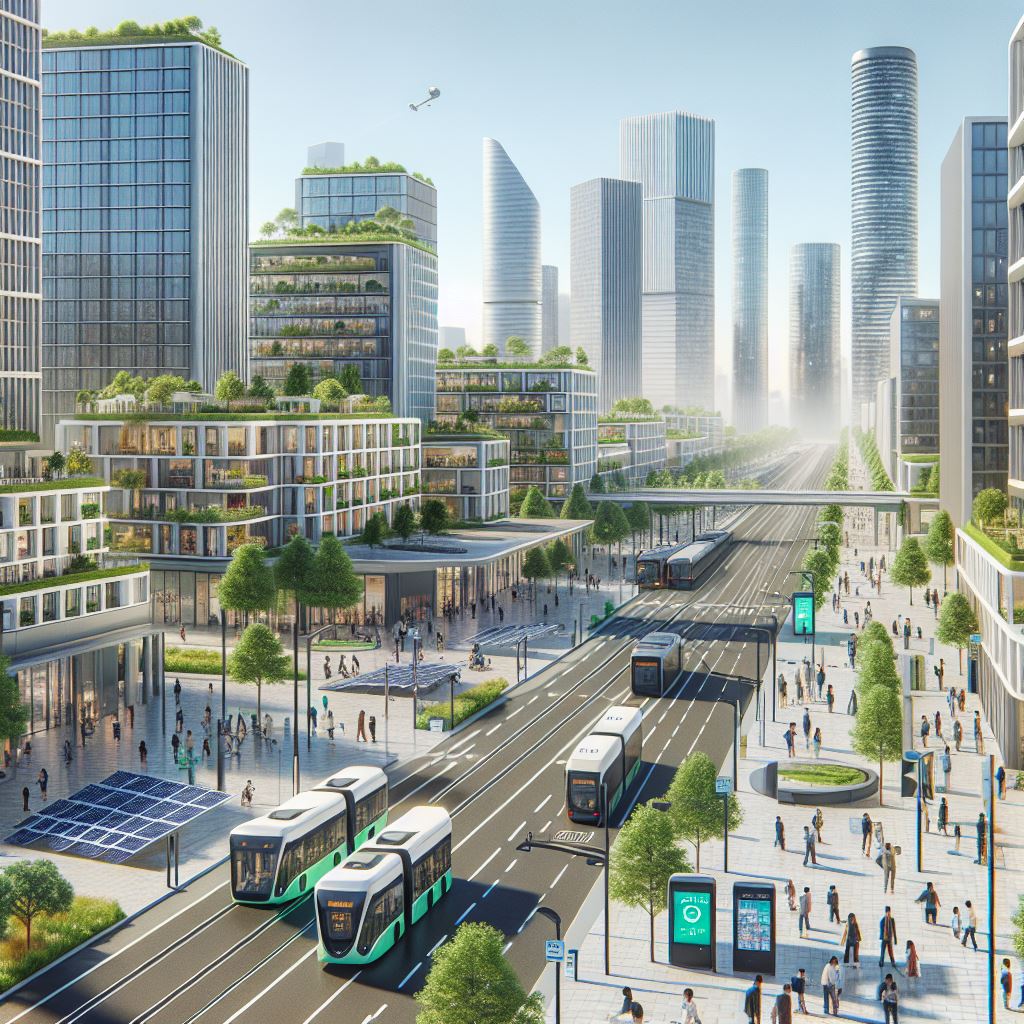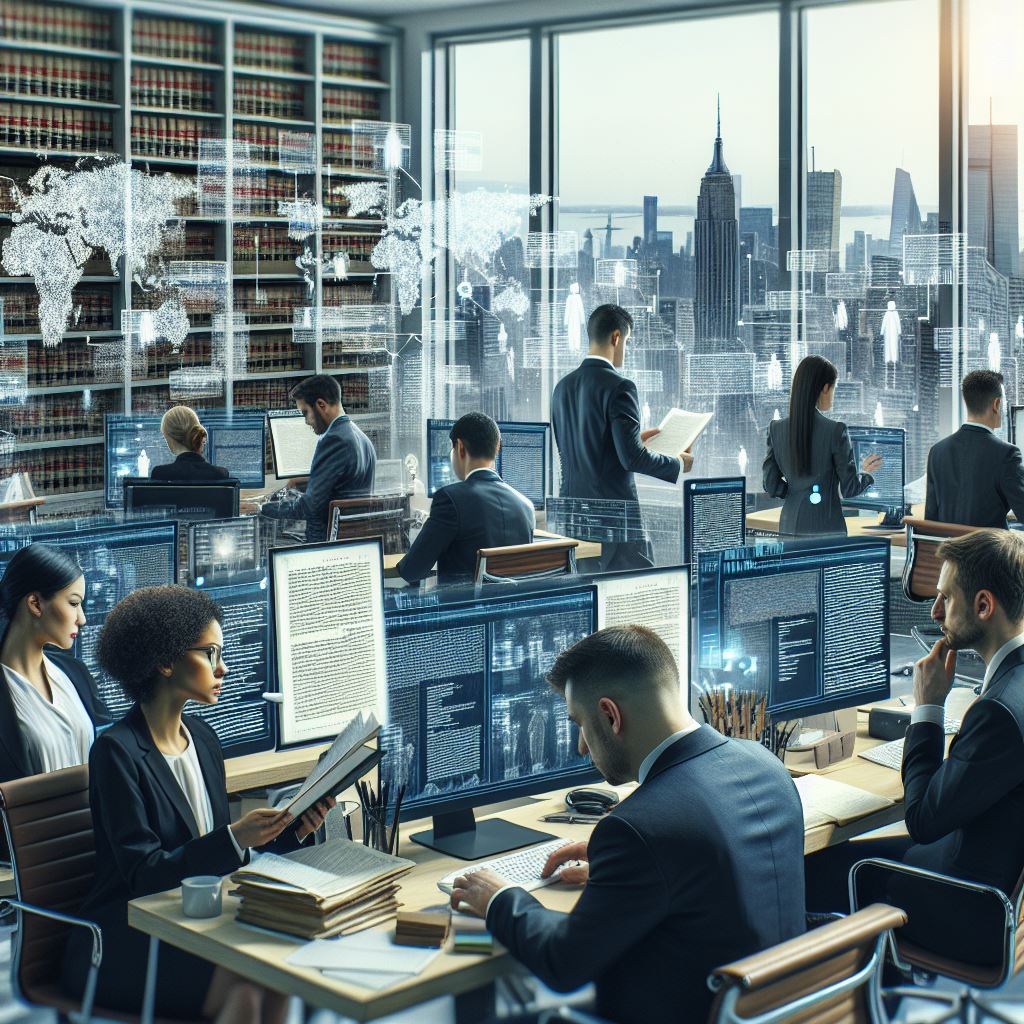As the morning sun rises over Singapore's skyline, thousands of sensors quietly collect data about traffic flow, air quality, and energy usage. In the city's operations center, AI systems process this information in real-time, adjusting traffic signals, optimizing public transportation routes, and managing energy distribution across the grid. This isn't science fiction—it's how modern cities are evolving, using artificial intelligence to become more efficient, sustainable, and livable.
The Urban Challenge
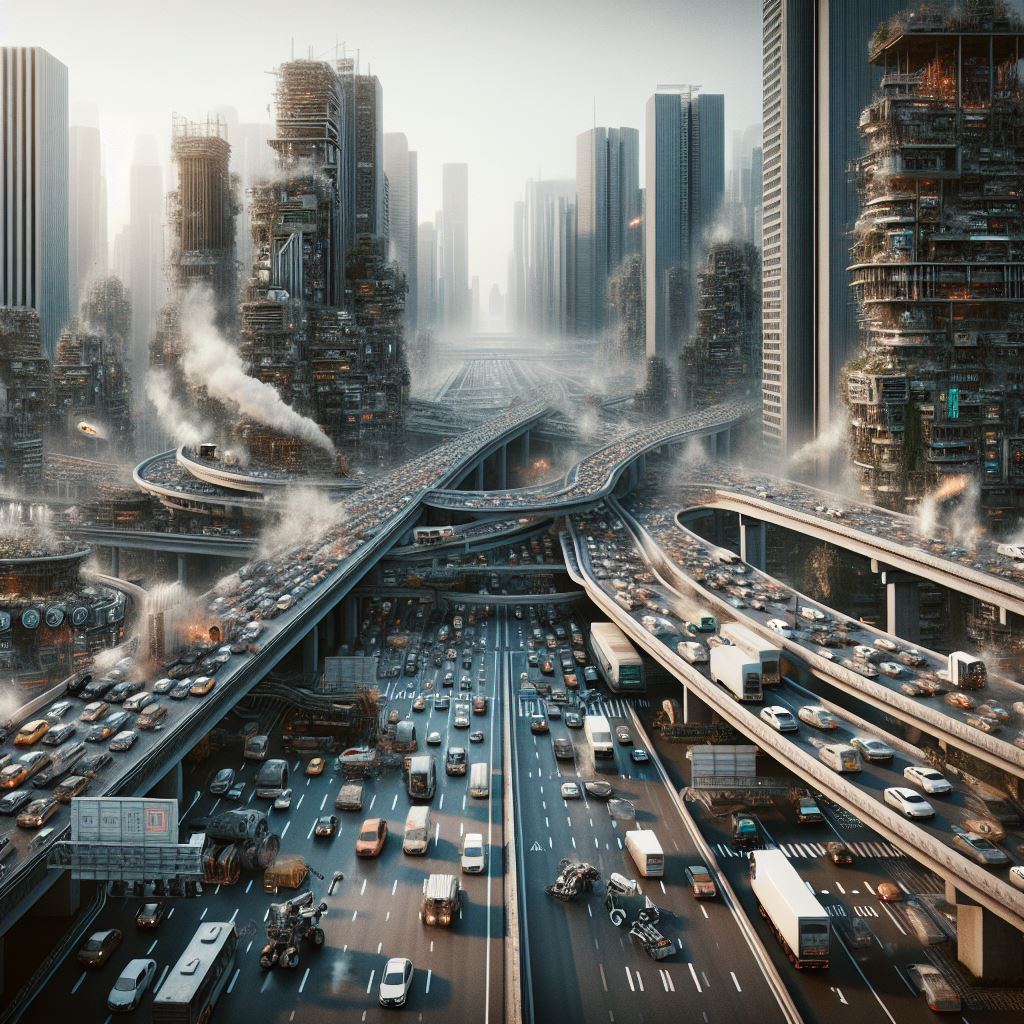
By 2050, nearly 70% of the world's population will live in urban areas. This unprecedented growth presents enormous challenges: traffic congestion, environmental concerns, housing shortages, and infrastructure strain. Traditional urban planning methods, reliant on historical data and human intuition, are struggling to keep pace. Enter artificial intelligence—a technology that's revolutionizing how we design, build, and manage our cities.
Digital Twins: Cities in the Cloud
One of the most powerful applications of AI in urban planning is the creation of digital twins—virtual replicas of entire cities. Barcelona's digital twin, for instance, allows planners to simulate decades of urban development in minutes. When considering a new transit line, the system can predict its impact on traffic patterns, property values, and social equity across different neighborhoods.
"We can now test hundreds of scenarios before breaking ground on any project," explains Dr. Elena Rodriguez, Barcelona's Chief Urban Innovation Officer. "The AI helps us understand not just what might happen, but why it happens, allowing us to make more informed decisions about our city's future."
Traffic Reimagined
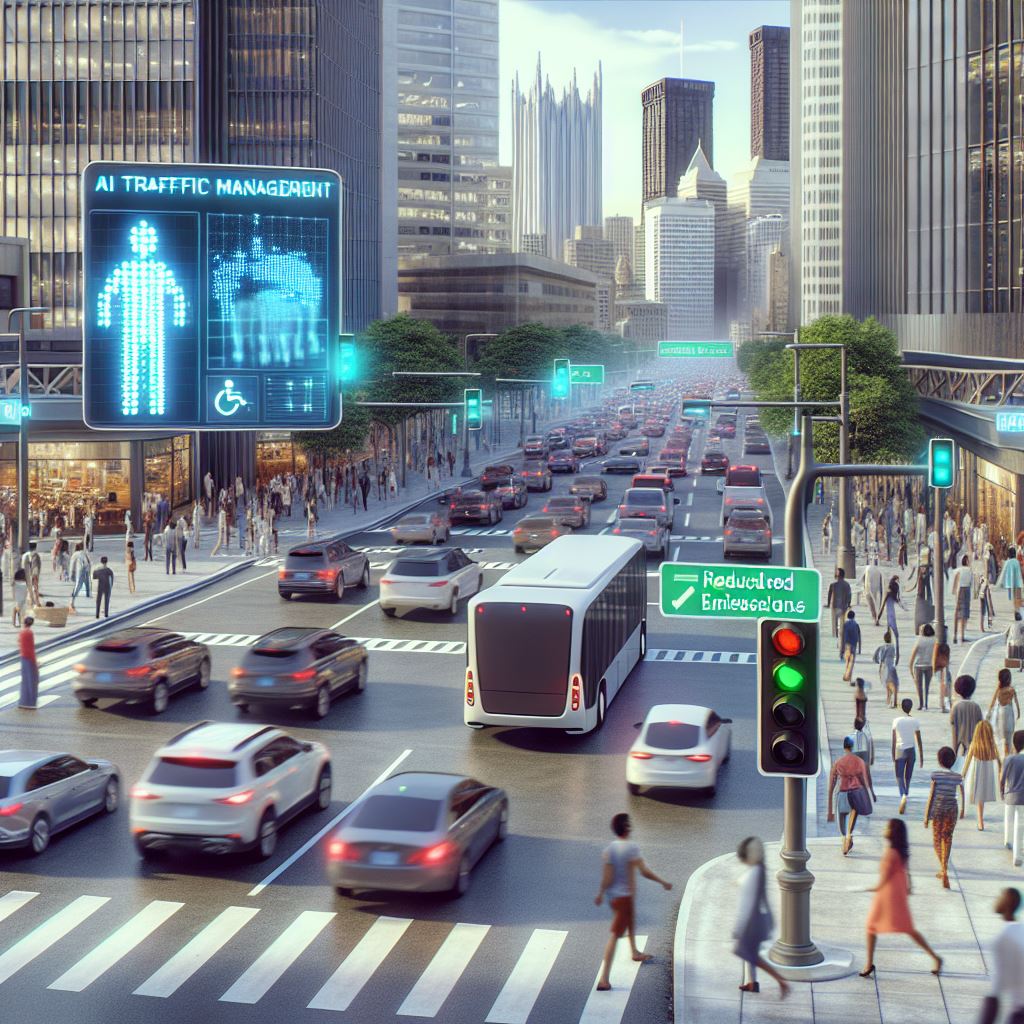
In Pittsburgh, an AI-powered traffic management system has transformed the daily commute. The system, which adapts to real-time conditions, has reduced travel times by 25% and emissions by 20%. But it goes beyond just adjusting traffic lights. The AI analyzes patterns from thousands of cameras and sensors to:
- Predict and prevent traffic bottlenecks
- Optimize emergency vehicle routing
- Adjust public transit schedules in real-time
- Coordinate construction planning to minimize disruption
- Guide drivers to available parking spaces
The result? A more fluid, efficient city where residents spend less time stuck in traffic and more time enjoying their community.
Environmental Intelligence
Climate change has made environmental considerations paramount in urban planning. AI systems are now essential tools in creating sustainable cities. Copenhagen's AI-driven environmental platform integrates data from multiple sources to:
- Monitor and predict air quality across neighborhoods
- Optimize building energy consumption
- Manage stormwater systems during extreme weather
- Track urban heat islands
- Guide the placement of green spaces for maximum impact
The system has helped Copenhagen reduce its carbon emissions by 40% since its implementation, putting the city on track to become carbon neutral by 2025.
The Social Dimension
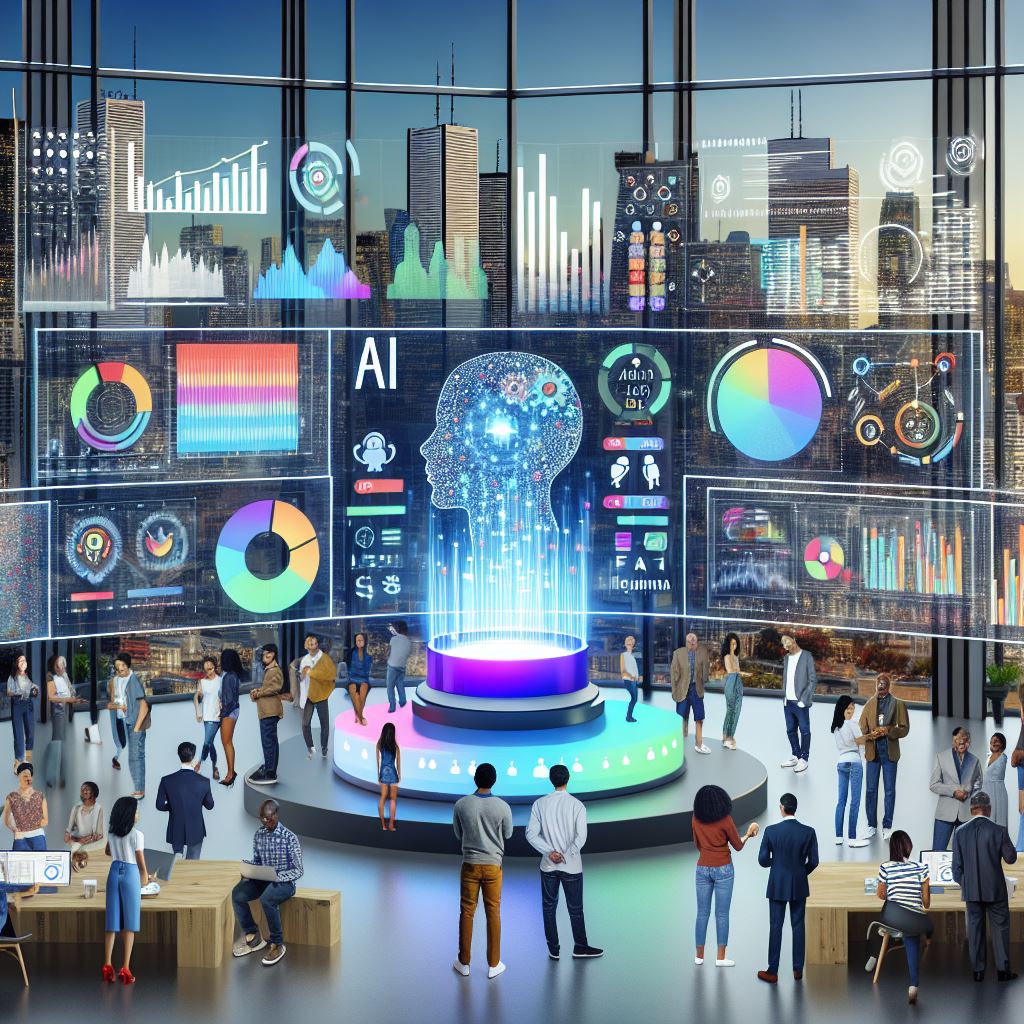
Perhaps the most fascinating application of AI in urban planning is its ability to understand and enhance social dynamics. In Toronto, an AI system analyzes social media data, community feedback, and economic indicators to help planners create more inclusive neighborhoods. The system identified that certain areas lacked essential services within walking distance, leading to the development of new community hubs that have increased social interaction and local business activity by 45%.
Housing and Development
AI is revolutionizing how cities approach housing development. Machine learning algorithms can now:
- Predict housing needs decades in advance
- Identify optimal locations for new developments
- Assess the impact of zoning changes
- Optimize building designs for energy efficiency
- Balance density with quality of life
A housing initiative in Vienna using AI-driven planning has reduced development costs by 30% while increasing resident satisfaction scores by 25%.
Infrastructure That Learns
Modern infrastructure isn't just smart—it's learning. AI-powered systems continuously monitor bridges, roads, and utilities, predicting maintenance needs before failures occur. In Tokyo, this predictive maintenance approach has:
- Reduced infrastructure failures by 85%
- Extended asset lifespans by 20%
- Decreased maintenance costs by 40%
- Improved emergency response times by 60%
- Enhanced overall system reliability
Looking Forward

The future of urban planning with AI promises even more exciting developments. We're moving toward cities that can:
- Self-regulate their systems in response to changing conditions
- Automatically adapt to population shifts and behavioral changes
- Create personalized experiences for residents while maintaining privacy
- Foster stronger communities through data-driven design
- Balance development with environmental preservation
Key Insights
The integration of AI in urban planning represents more than just technological advancement—it's a fundamental shift in how we think about and build our cities. The most successful urban environments of the future will be those that use AI not just to optimize systems, but to enhance the human experience of city living.
Remember: The goal isn't to create cities that are just smart, but cities that are wise—using technology to foster communities that are sustainable, resilient, and deeply human.

